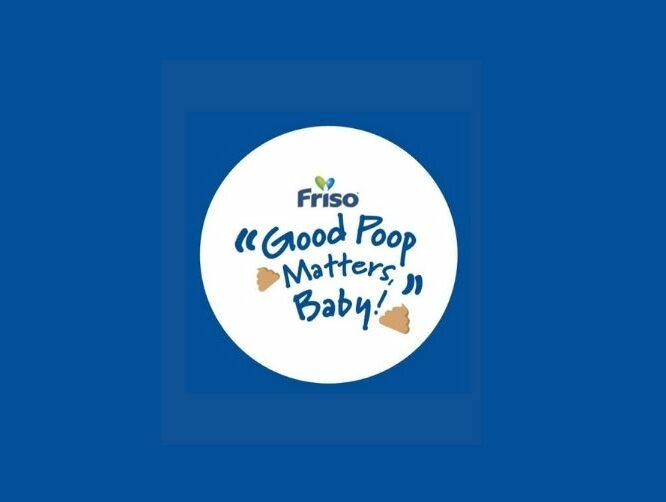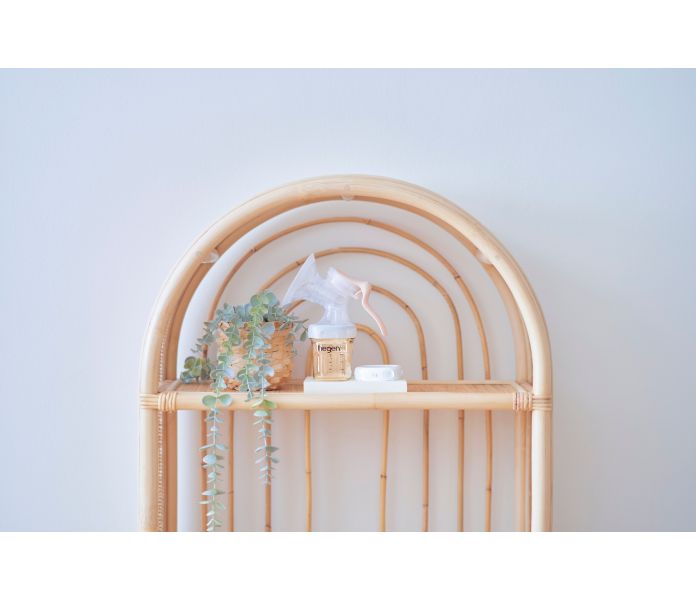
Have you ever wondered why is your child’s poop a specific colour? Or the various texture of their poop? Did you know that the colour and texture of poop can be an indicator of your child’s digestive health? As part of their mission to empower parents in their journey, FRISO launched Singapore’s first-ever FRISO Good Poop Advisory Panel to highlight the importance of good digestive health for the well-being of young children.
As part of FRISO’s nationwide campaign – #GoodPoopMattersBaby, Mr David Naidu, General Manager of FrieslandCampina Singapore, and a team of rotating industry experts come together to share their insights around good digestion to educated and empower parents to achieve good gut health for their children.
Good digestion is important for children’s growth and development, and a good bowel movement is an excellent and most visual indicator of a healthy gut. But, how do you identify between a good poop and bad poop? The FRISO Good Poop Advisory Panel shares some interesting scoops on your child’s poop!
1. The consistency of your child’s poop matters
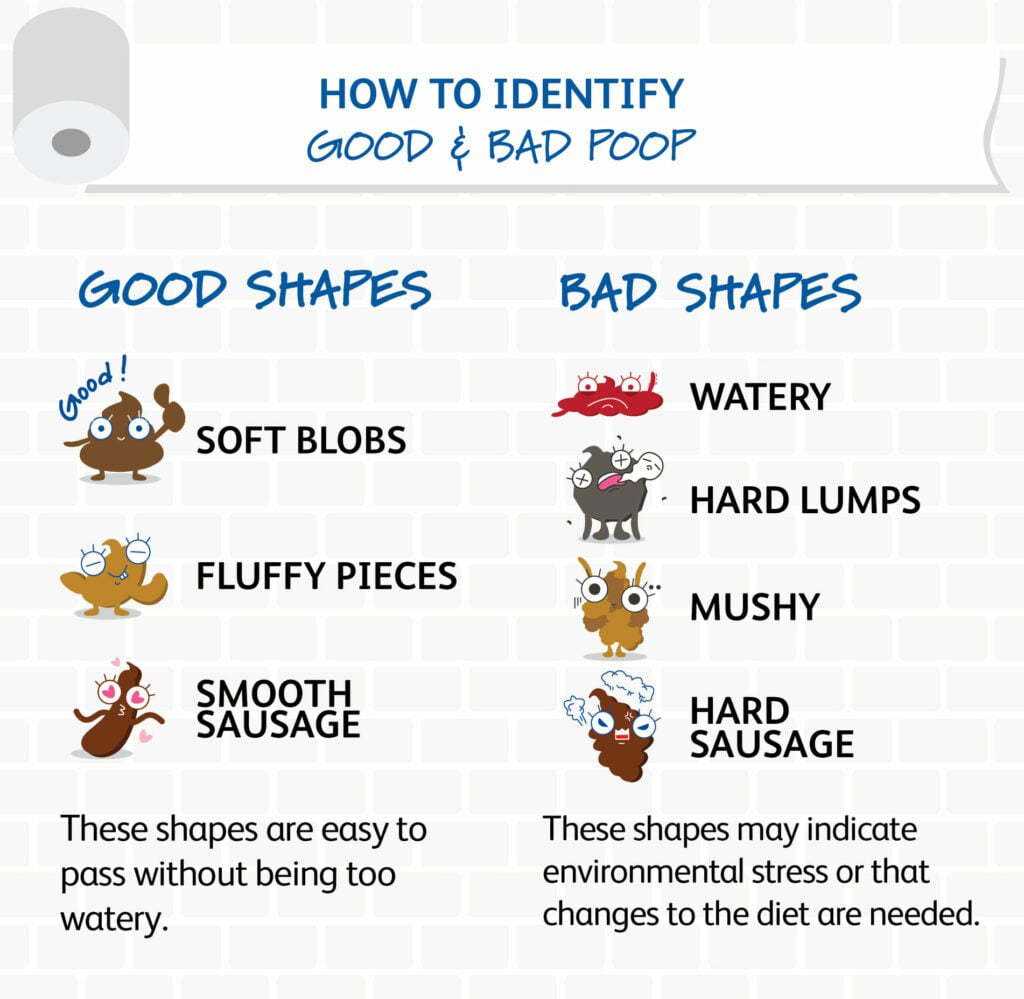
According to the Bristol Stool Scale, type 1 and 2 refer to hard lumpy stools that are hard to pass. Type 6 and 7 are mushy and water poops (like diarrhoea). Such stool indicates a possible sign of dehydration or insufficient fibre in children. In some cases, it could also indicate an incompatible diet or a stressful environment.
Type 3 to 5 are considered good poop and they take the shape of soft blobs, smooth sausage or fluffy pieces. These are the ideal shapes that are easy to pass for children and thus indicates healthy digestive health!
2. The colour of your child’s poop matters
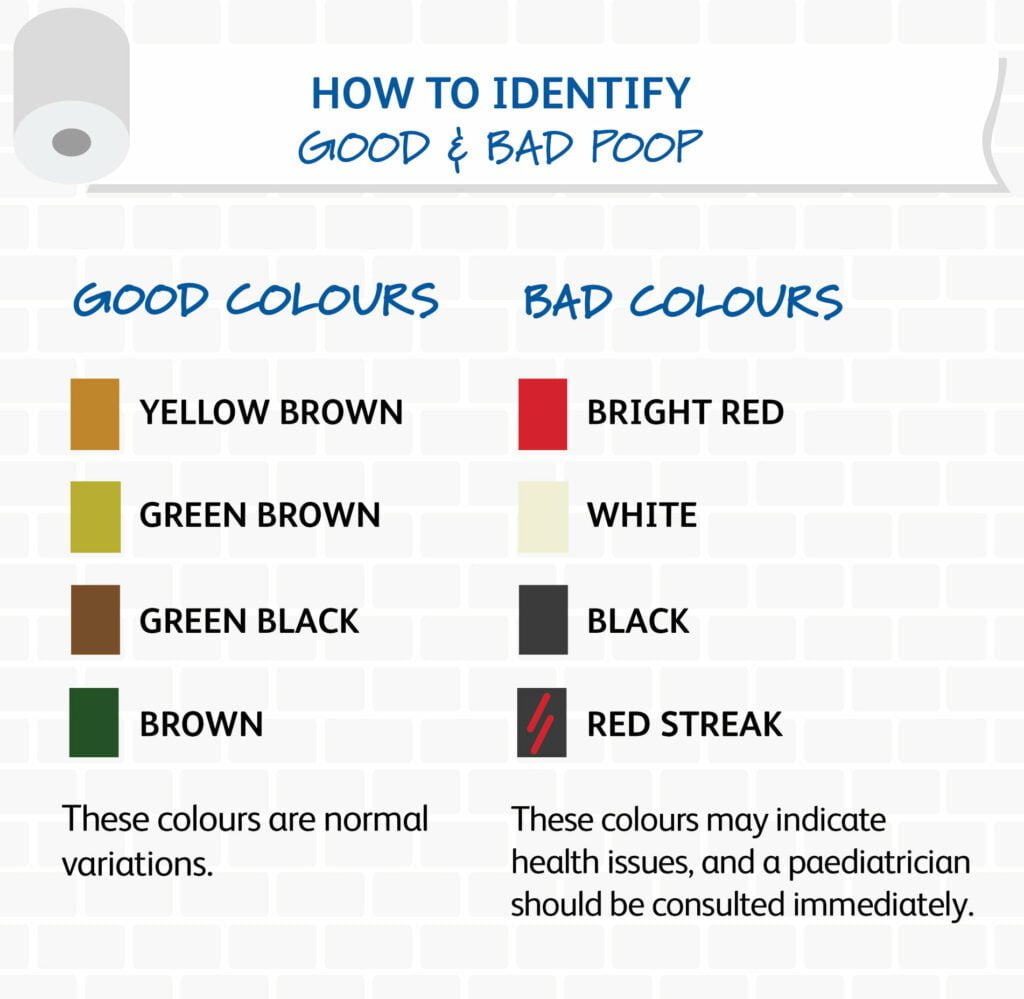
The colour of children’s poop changes as they grow. A good poop colour is a variation of brown ranging from yellow-brown to green-brown/green-black.
A bad poop colour may come in the form of bright red, black or white colours. It might also have red streaks that suggest the presence of blood. These colours may indicate possible internal bleeding or other underlying medical issues. In such circumstances, medical attention or paediatrician should be consulted immediately.
3. Non-visual indicators of bad poop
It is also important to take note of other symptoms beyond the visual indicators of the shape, size and consistency of your child’s poop. Some other non-visual indicators that your child might be having issues with their gut health include colic, indigestion, bloating, and constipation (a common occurrence during toddlers’ toilet training). To prevent constipation, ensure a good posture by keeping your child’s back straight with their feet touching a flat surface and to set aside a routine for your child’s toilet training.
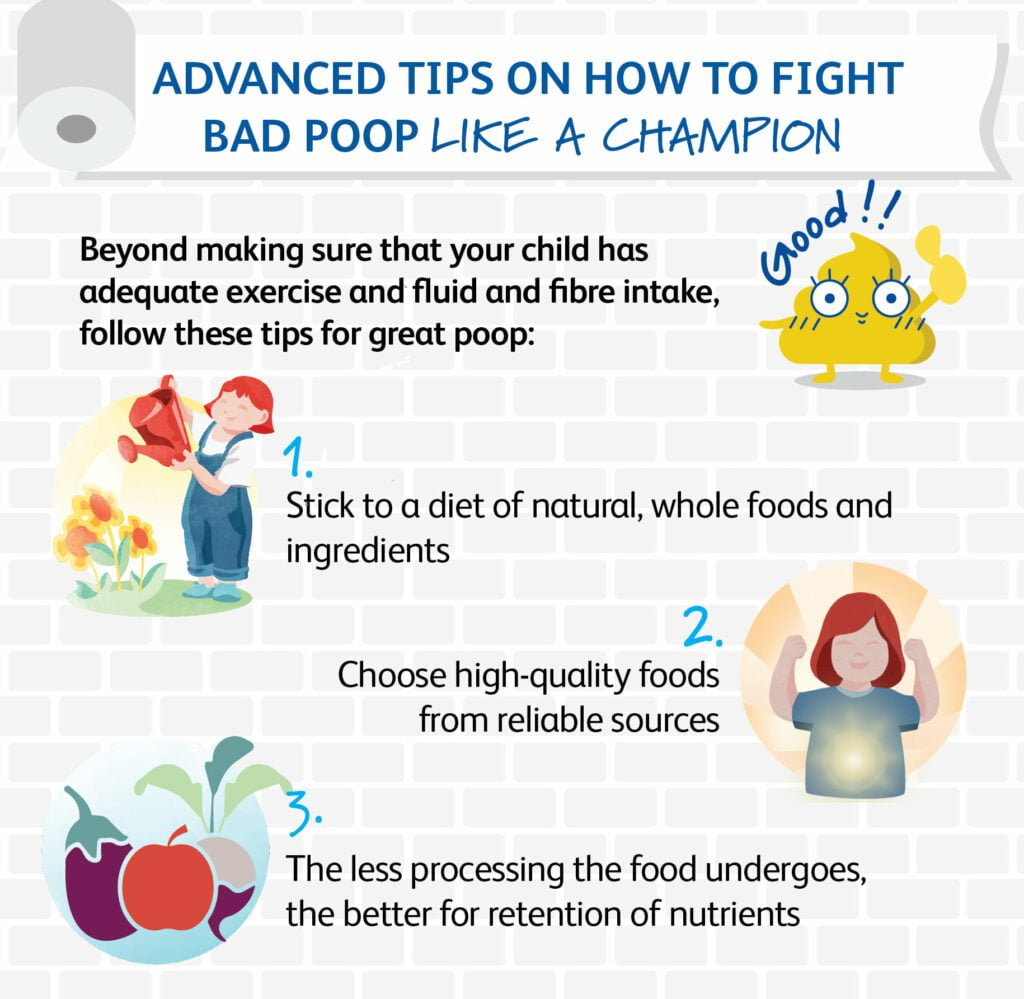
A good and healthy gut indicates a good metabolic process and immune function for the body, hence maintaining good gut health is important for a child’s growth and development. Beyond making sure that your child has adequate exercise and fibre intakes, it is also important to take note of the food source.
Stick to natural, whole-food ingredients from a reliable source and avoid foods that contain preservatives. A general tip is to consume food that undergoes little to no food processing to ensure maximum vitamins and nutrients. To learn more about other tips and tricks on how to improve and maintain your child’s digestive health, check out the video by the folks from FRISO Good Poop Advisory Panel for more scoops on poops!
